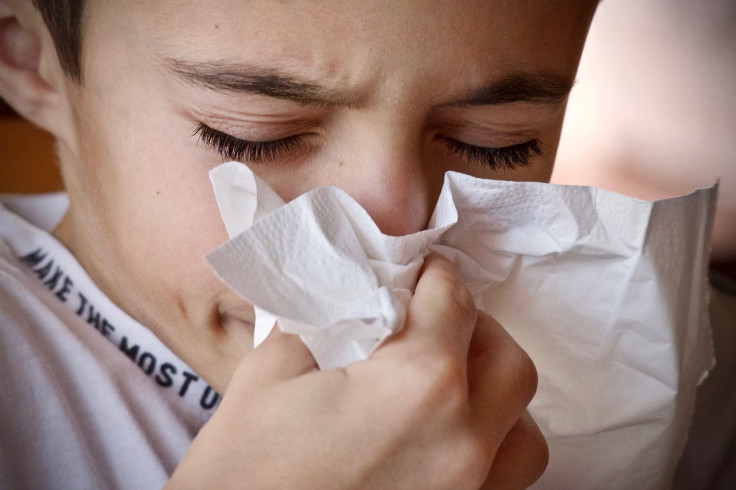Flu And COVID-19 Infections Continue To Surge After Holiday Season: CDC

Flu and COVID-19 infections continue to surge in the U.S. after the holiday season. High or very high levels of respiratory illnesses were reported in 38 states last week, an increase from 31 states in the week before, according to the Centers for Disease Control and Prevention (CDC).
Around 20,066 people were hospitalized with influenza and seven pediatric deaths associated with the infection were reported last week, the CDC said in its latest report.
There have been at least 10 million illnesses, 110,000 hospitalizations and 6,500 deaths from flu so far this season. According to CDC, 27 pediatric deaths were tied to flu.
The respiratory illnesses include not just flu but also COVID-19 and other winter viruses.
"We expect it to be elevated for several more weeks," said Alicia Budd, an epidemiologist with CDC's influenza division.
However, it is too soon to predict if holiday gatherings have contributed to the spike in respiratory illnesses.
The country is facing a second rise in COVID-19 after a smaller peak in September, said Lauren Ancel Meyers of the University of Texas, who runs a team that forecasts the trends in respiratory illnesses.
"There is a lot of uncertainty about when and how high this current surge will peak," added Meyers.
The hospitalizations from the coronavirus have been at a much lower level compared to the rates in the last three winters. But, according to CDC data, the COVID-19 virus still puts more people in the hospitals than the flu.
Flu typically peaks between December and February. Meyers expects the influenza season to peak by the end of this month.
Although the cases are surging, the comforting fact is that the flu cases stem from a strain that typically causes fewer deaths and hospitalizations compared to other variants. Furthermore, the current flu vaccines are well-aligned with the circulating strain.
Nevertheless, vaccination rates are low this year, particularly for COVID-19. By Dec. 23, approximately 44% of U.S. adults received flu shots, but only around 19% took the updated COVID-19 shot as of early December.
The JN.1, an offshoot of the omicron subvariant of coronavirus that has been in circulation in the U.S. for the last couple of months, now contributes to the majority of COVID-19 cases in the country. Officials believe the variant is more transmissible than other circulating variants. However, there is no evidence that it causes more severe illness.
"It does seem to be more transmissible because it's rising up the charts, not only in terms of the majority of cases right now, but the rate of increase is really dizzying," said Dr. Peter Chin-Hong, a professor of medicine and an infectious disease expert at the University of California, San Francisco.
Many hospitals in New York, California, Illinois and Massachusetts have reinstated mask requirements, mandating healthcare workers, patients and visitors to wear masks at all times while in healthcare settings.



























